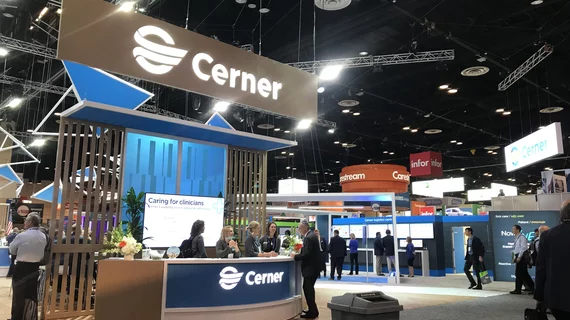Oracle may be closing in on $30B purchase of EMR giant Cerner
Oracle, one of the largest software companies in the world, is closing in on the purchase of Cerner for an estimated $30 billion, the Wall Street Journal reported Thursday.
People familiar with the matter said negotiations could be finalized soon and would be considered the largest ever for Oracle. The move would push the software giant further into the cloud and healthcare spaces as it seeks to compete with the likes of Amazon and Microsoft.
Kansas City, Missouri-based Cerner currently has a market cap of about $23 billion and recently hired former Geisinger CEO and Google Health leader David Feinberg as its chief executive officer.
Oracle, meanwhile, boasts a value of more than $280 billion, making it the second-biggest software venture in the world by revenue and market capitalization.
A deal for Cerner would surpass Oracle’s largest transaction to date, approximately $10 billion it paid to buy enterprise-software firm PeopleSoft in 2005. It also acquired NetSuite, a cloud provider, for $9 billion in 2016.
Read the full story below.

